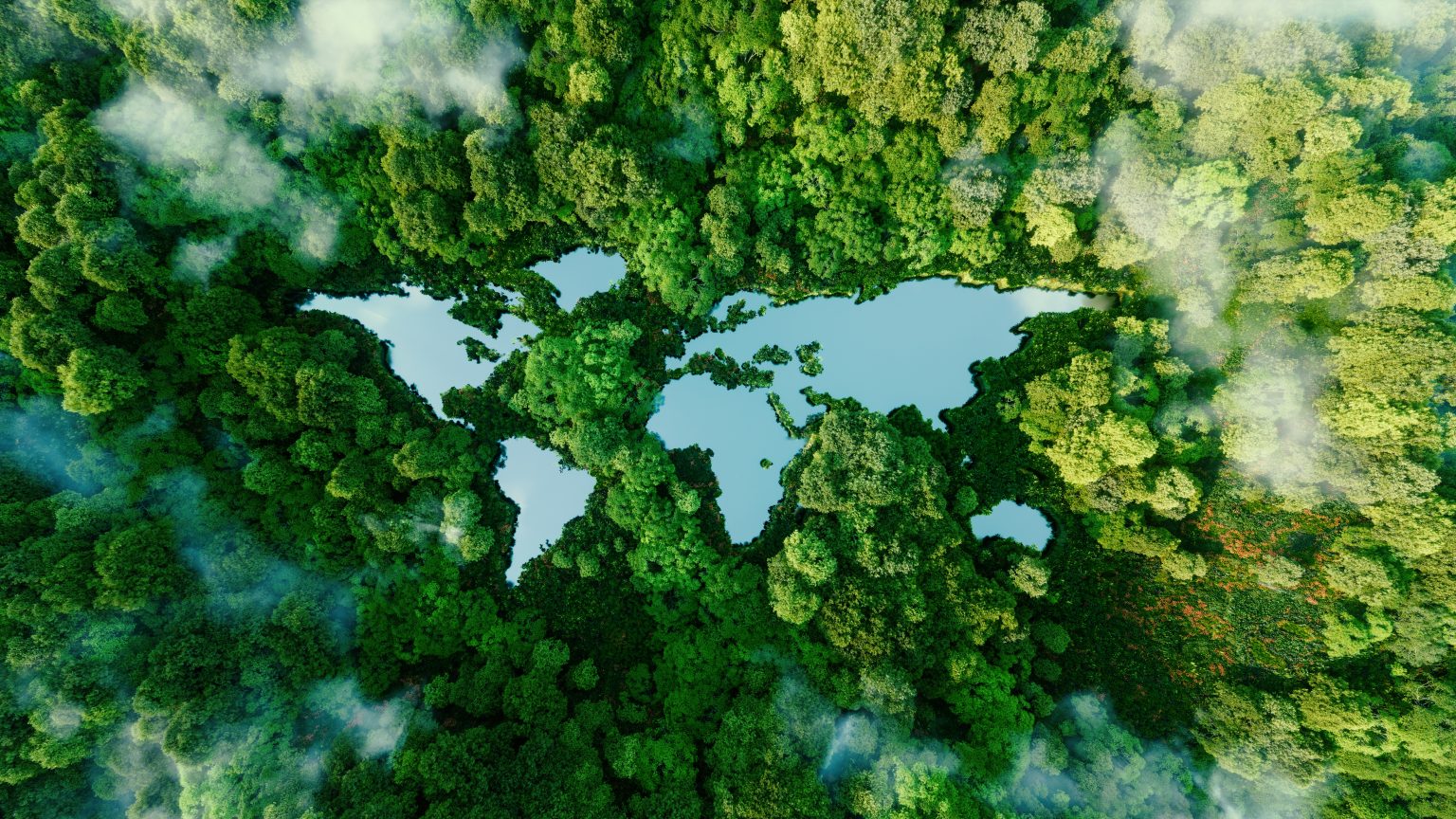World Nature Conservation Day, observed annually on July 28, serves as a crucial reminder of the importance of protecting our natural environment. An initiative that first began in 1972 at the United Nations Conference on the Human Environment in Stockholm, it aims to raise awareness about conservation and encourage sustainable practices. By focusing on reducing plastic use, minimising e-waste, and conserving water, individuals can actively contribute to a healthier planet.
This year’s theme, “Connecting People and Plants: Exploring Digital Innovation in Wildlife Conservation”, underscores the vital role that technology plays in conservation efforts today. From using drones to monitor wildlife populations to applying AI for better data analysis, cutting-edge technology is proving critical in protecting endangered species and habitats. As the natural resources become increasingly strained, leveraging technology offers new hope for maintaining biodiversity and ecological balance.
Engagement on this day goes beyond acknowledging the issues; it includes taking actionable steps towards making a difference. Whether through participating in local clean-up activities, supporting conservation projects, or simply spreading awareness, every effort counts. Being informed and proactive about conservation can help create a more sustainable future for generations to come.
The Significance of Conservation
Conservation is crucial for maintaining a healthy environment, protecting biodiversity, and ensuring sustainable practices for future generations. It addresses climate change, the preservation of habitats, and the protection of flora and fauna.
Historical Perspective
The concept of conservation has a long history, dating back to the early 20th century. It gained significant momentum during the United Nations Conference on the Human Environment in 1972. This conference highlighted the need for global action to protect natural resources.
In 1948, the International Union for Conservation of Nature (IUCN) was established, furthering the conservation agenda by focusing on the protection of endangered species and habitats. These historical milestones laid the groundwork for modern conservation efforts and policies.
Impacts on Flora and Fauna
Conservation efforts are vital in protecting both flora and fauna from extinction. Many species face threats due to habitat loss, climate change, and pollution. By preserving their natural habitats, conservation helps maintain biodiversity, which is essential for the stability of ecosystems.
Organisations like the IUCN work tirelessly to protect threatened species, ensuring that they do not disappear from our planet. Efforts to conserve water, soil, and air also play a crucial role in supporting diverse plant and animal life.
Conserving for Future Generations
Conserving natural resources ensures a healthy environment for future generations. It promotes sustainable practices that reduce the exploitation of resources, thereby preserving them for the long term. Teaching sustainable practices today means that tomorrow’s children will inherit a world where they can thrive.
Educating communities about the importance of conservation can lead to greater awareness and action. Protecting the environment not only supports the well-being of current populations but also guarantees that future generations have access to the natural beauty and resources we enjoy today. The ongoing efforts to combat climate change and protect ecosystems are essential for a sustainable future.
Practical Measures for Environmental Conservation
Environmental conservation requires actions at both individual and global levels. Adopting sustainable practices, leveraging technology, and participating in international initiatives can significantly contribute to preserving our planet.
Individual and Community Actions
Individuals and communities play a vital role in protecting the environment. Simple daily practices like using reusable bags instead of plastic ones, conserving water, and reducing energy consumption by using efficient appliances can make a big difference.
Communities can organise clean-up activities, promote tree planting, and advocate for local policies that support environmental conservation. Mahatma Gandhi’s principle of being the change you wish to see in the world is very relevant here. Small steps lead to significant impacts over time.
Global Initiatives and Sustainable Development
Global environmental action is crucial for addressing large-scale issues such as natural disasters and global warming. The United Nations plays a significant role in this through various conventions and agreements, like the Paris Agreement, which aims to limit global temperature increases.
Countries can adopt sustainable practices by investing in renewable energy sources like solar and wind power, and by enforcing regulations that protect natural resources. Donations to international environmental organisations and participation in global conservation campaigns are also effective strategies.
Role of Technology and Innovation
Technology and innovation offer powerful tools for environmental conservation. Advances in digital innovation can enhance wildlife conservation efforts, such as using drones for monitoring wildlife populations and detecting poaching activities.
Smart irrigation systems help conserve water in agriculture by providing just the right amount of water needed. Tech solutions also include apps that assist individuals in living more sustainably by tracking their carbon footprint and suggesting eco-friendly alternatives.
These innovations can significantly reduce the human impact on the environment and promote sustainable living practices. Incorporating tech solutions in everyday life not only helps in saving resources but also ensures long-term benefits for the planet.


